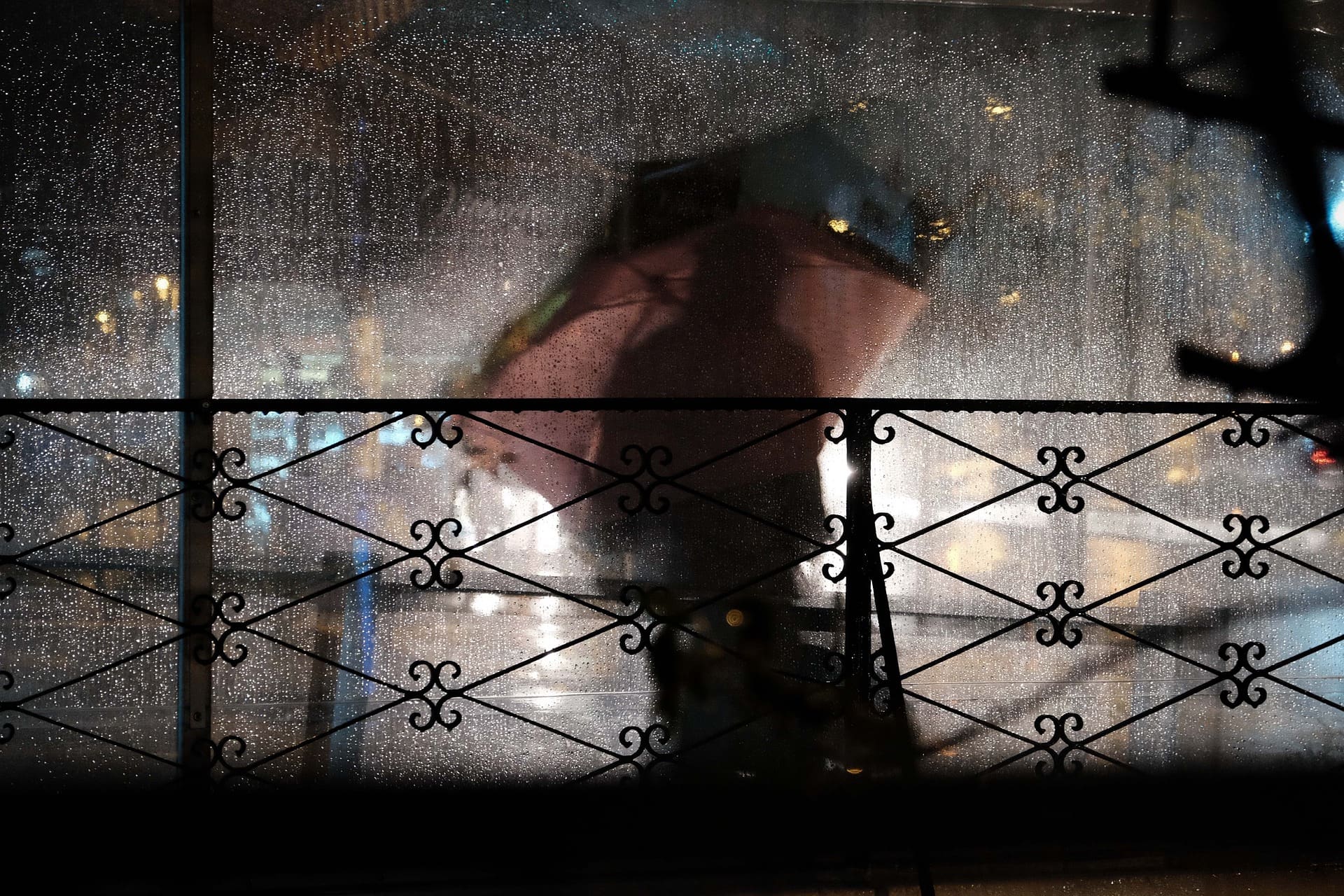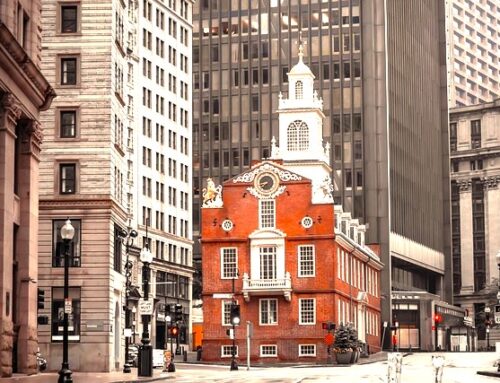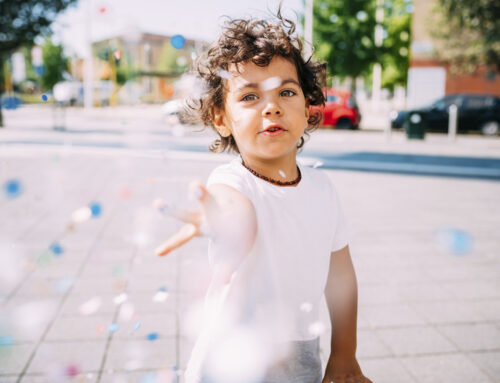Tips For Taking Great Photos in the Rain

8 Practical Tips for Taking Great Travel Photos in the Rain
Taking travel photos in great weather has always been the ideal. After all, there’s nothing like natural light from the sun to help you bring out the beauty of your subject. Sunrise and sunset are usually the best times to shoot a photo due to the warm lighting, which enhances the colors of the sky and provides the most ideal lighting conditions for photography. But what if you’re traveling and still want to document experiences even when the weather is less than ideal—like when it’s raining, for instance?

There are ways to make rainy weather work for you when shooting outdoors, but it would require extra diligence and patience, as well as some creativity and resourcefulness. If you want to shoot great pictures even when it’s pouring out, here are some great tips to keep in mind:
1. Protect Your Camera
The last thing you want is a damaged camera due to moisture and rain. Therefore, the first thing you must have before shooting is a protective covering for your DSLR or mirrorless camera. This can either be in the form of a simple plastic bag or dedicated protective gear. Just make sure it is light and compact enough for you to keep inside your bag so that you can be prepared at all times.
2. Find Shade or Protection
Another approach you can take so that you can keep your camera (and yourself) dry is to pick a dry spot that you can shoot from. This can either be inside your car, under shade or awnings, or any place where there is a roof and a space where you can snap away without getting wet.
Note that a photo-worthy scene won’t be easy to come by during the rain, so take your time in finding the right perspective, as well as the elements to include in your frame.
3. Capture Spontaneous Reactions

If you’re in an urban setting where there are plenty of people, you might want to focus on how they react to the downpour. You can focus on how they move—are they walking faster or are they slowing down? How do their facial expressions change? Rain can instantly elicit some interesting (and varying) emotions from different people, which can make for some truly beautiful and expressive images.
If you’re in a rural setting (or in the wild) and there aren’t any human subjects around, you can focus on the movement of animals instead. Unlike human beings, they can’t just run for cover during the rain. Just observe how different animals react differently to the rain, and you might just find your subject.
4. Use an Umbrella
Aside from acting as protection for your camera during a downpour, the sight of umbrellas also acts as a cue in case you want to capture lightning in your photos. A simple cue would be that thunder is often followed by lightning, so be prepared to shoot in that direction as soon as you hear the former.

If you’re feeling a little fancy, you can also use the umbrella as part of your photo’s composition. The raindrops that will fall either from its tips or its crown (depending on where you position the umbrella in the frame) will hint the audience that it is actually raining.
5. Incorporate Bokeh
Good bokeh is desirable in any photo, but it looks especially beautiful when incorporated into a rainy scene due to the fact that it often adds more texture and color to an otherwise dreary and monochromatic image. Take advantage of the colorful city lights when shooting a rain scene or capture raindrops up close with some creamy bokeh in the background (and maybe even in the foreground) to add oomph to your image.

To achieve good bokeh, make sure to have a fast lens with a large maximum aperture. If you can, pick a lens that has rounded aperture blades for beautiful, perfectly circular bokeh.
6. Focus on Reflective Parts of the Scene
Rain isn’t always easy to capture in a photo, and without that important visual clue, your image is just bound to look dark, dreary, and underexposed for no particular reason. If the rain won’t photograph properly, include reflective surfaces like puddles, glass doors, and windows covered with mist or droplets, or even leaves that were left glossy by the rain. Such elements can help provide visual clues that it is actually raining.
When done properly and under the correct lighting, this can yield an interesting, beautifully composed photo of an otherwise boring scene.
7. Shoot Macro
If you happen to have a macro lens with you, don’t hesitate to make use of it once it starts raining. Macro photos are already quite fascinating on their own, but when you bring rain into the mix, it can make for some truly compelling results. Using a macro lens will further bring out the interesting details in the normal things you see every day.
8. Take Advantage of Available Light
Natural light is usually in short supply when it’s pouring out, but there’s still bound to be a suitable light source somewhere. Perhaps from a neon sign in a store window, the headlights of a passing car, or the soft glow of a street lamp. Since you can’t rely on natural light, get creative and find other forms of available light for your photo. This can give you some interesting effects, making for a much more intriguing image.

If there is a bit of sunlight, then even better. The combination of rain and sunlight, or what is referred to as sun showers, does not happen often. But when it does, it provides shutterbugs with a stunning and interesting backdrop for their photos. Some even try to fake a sun shower photo by using a hose to mimic rain during a cloudy but moderately sunlit day.
With a sun shower, you get a wide spectrum of colors in the sky which one often makes out to be a rainbow, and it also gives you enough natural lighting to work with.
*********************************
Image Source: Pixabay




